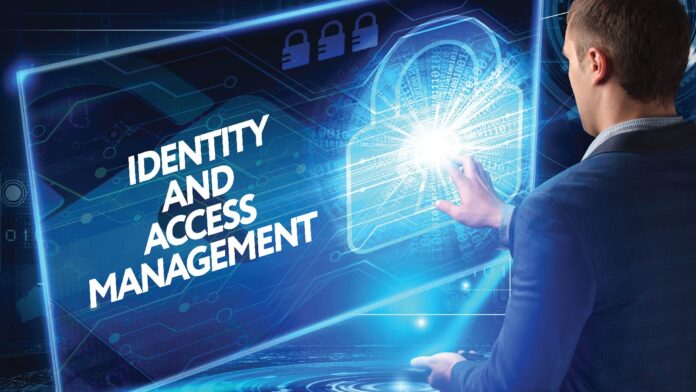There are several risks associated with Identity and Access Management, but the benefits far outweigh the disadvantages.
In the current business environment, it’s not enough for a leader to be risk literate; the entire organization must become aware of security vulnerabilities as well. For CISOs, a risk literate organization that is completely capable and updated with risk identification and management strategies is crucial for preventing or reducing losses due to cybercrime activities.
Risk literacy strategy must include all parts of the company and all the components to be as robust and proactive as possible. A data-gathering assessment is the first step towards a risk literate enterprise. Analyzing the vulnerabilities in the company’s core components – the workers, the leadership, technologies, and the vendors, is crucial. It is vital to assess each digital asset for its security status and evaluate the systems to see if the individual standards total a comprehensive, whole organization cybersecurity web. There is a chance that there might be legacy security practices that cannot detect the current risks and highly developed cyber threats, leaving the organization vulnerable to an attack.
New security programming like cloud-based Identity and Access Management (IAM) can be used to eliminate the gaps and vulnerabilities exposed by legacy firewalls and network-based perimeters. With IAM, the benefits far outweigh any disadvantages.
Read More: Cybersecurity with Data Sovereignty
Even the best cybersecurity strategy will fail if there are no governance rules around its implementation and management. Despite this, many enterprises fail to install or implement the policies needed to keep new cybersecurity systems operating as required. Corporate cybersecurity policies should specify each step required from all entities that enter the digital business, be it human or machine. IAM services encase digital defenses around the identities of the entities that access the company’s systems and data. Only those with authorized access and legitimate purposes should have access.
Many companies leave out third-party vendors and contractors from the cybersecurity overview. These critical business partners are often crucial for corporate success, but sometimes they become the source of the breach when there is a lack of extensive security practices in place.
Cybersecurity strategy can work only if the organization as a whole realizes the nature of the threats it faces and is religiously follows cybersecurity practices every day. The workforce is actually the first line of defense. Comprehensive and continuing training across all corporate sectors will ensure that the entire enterprise is prepared to manage an incoming threat. Being close-fisted with cybersecurity investments often leads to the organizations spending more money on the clean up after the breach.
Read More: Data Sovereignty and Progressive Cyber Security Strategies
Risks are everywhere, but they don’t have to stop an organization from pursuing all its possibilities. With a comprehensive risk literacy program in place, one that includes IAM software as its primary security perimeter, allows the enterprise to be sure that the enterprise is as safe as possible and can manage any incoming threat it may experience.









